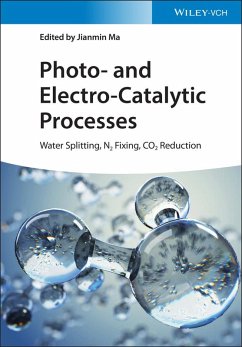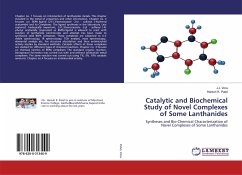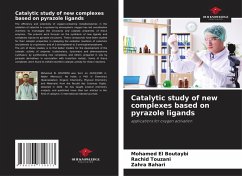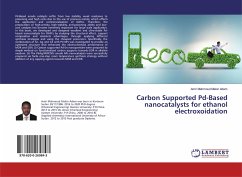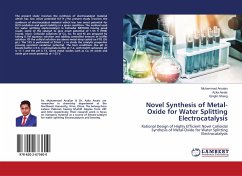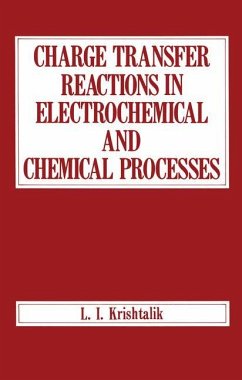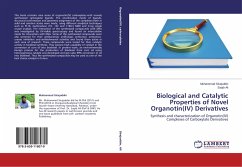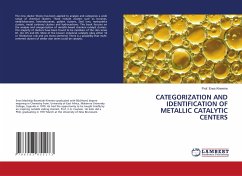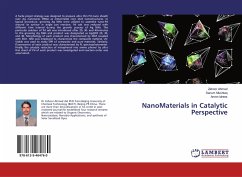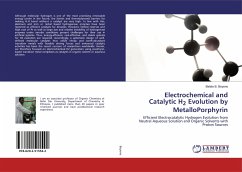
Electrochemical and Catalytic H2 Evolution by MetalloPorphyrin
Efficient Electrocatalytic Hydrogen Evolution from Neutral Aqueous Solution and Organic Solvents with Proton Sources
Versandkostenfrei!
Versandfertig in 6-10 Tagen
47,99 €
inkl. MwSt.

PAYBACK Punkte
24 °P sammeln!
Although molecular hydrogen is one of the most promising renewable energy carrier in the future, the kinetic and thermodynamic barriers for making H-H bond without a catalyst are very high. In line with this, platinum and iron or nickel based hydrogenase enzymes have been reported as efficient catalysts for decades. However, limited reserves and high cost of Pt as well as large size and relative instability of hydrogenase enzymes under aerobic conditions present challenges for their use in artificial systems. Thus, energy-efficient, cost-effective, and stable systems for H2 evolution are requi...
Although molecular hydrogen is one of the most promising renewable energy carrier in the future, the kinetic and thermodynamic barriers for making H-H bond without a catalyst are very high. In line with this, platinum and iron or nickel based hydrogenase enzymes have been reported as efficient catalysts for decades. However, limited reserves and high cost of Pt as well as large size and relative instability of hydrogenase enzymes under aerobic conditions present challenges for their use in artificial systems. Thus, energy-efficient, cost-effective, and stable systems for H2 evolution are required. Accordingly, a systematic design of well-defined molecular catalysts that utilize cheap and earth-abundant transition metals with feasible driving forces and enhanced catalytic activities has been the recent concern of researchers worldwide. Herein, we therefore focused on electrochemical H2 generation using porphyrin-based transition metal complexes as catalysts in organic solvent or aqueous solution.



